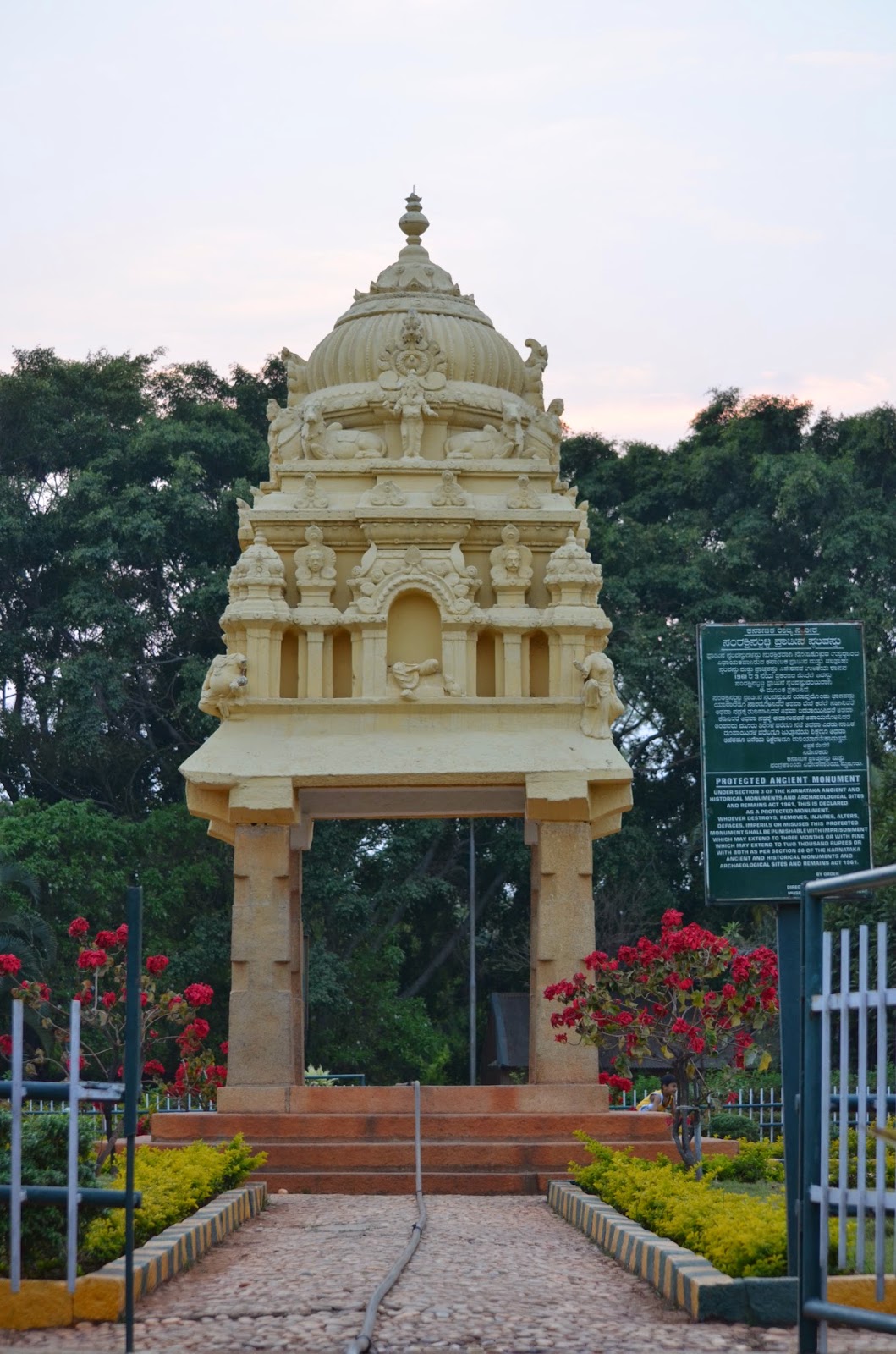Did you know Bangalore had a lighter side to it ? We - my daughter Dhrithi and I, set out to discover this side of Bangalore today. And it was right in the heart of the city !
The place I am referring to is the "Indian Cartoon Gallery". And we couldn't have timed it better - because the place is currently holding an exhibition of the works of Paul Fernandes titled "Bangalore : Swinging in the 70s" - exhibiting 65
watercolour works of art until the
8th of April.
Paul Fernandes is Bangalore's own Mario Miranda. Enough said.
He has illustrated a number of books including Peter Colaco’s "Bangalore" and "On A High Note" (the blurb reads 'A Slightly Inebriated Introduction to Western Classical Music') as well as his own "Shine Board Arts" - an authentic collection of signs of the times in India. You may have also seen his work in the famous poster depicting the chaos of MG Road and the other one featuring the Ambassador Car.
Now, back to the Indian Cartoon Gallery : This is located in the basement of Midford House, in the area called Midford Garden (the road beside Big Kids Kemp, opp. Vijaya Bank HO), off MG Road and a couple of minutes walk from the Trinity end of M G Road. Four wheeler parking may be a problem on this road and it is advisable to park in one of the parallel roads and walk down to Midford House.
A first-of-its-kind initiative
of the Indian Institute of Cartoonists (IIC), the gallery
has been promoted with the sole aim of promoting and encouraging
the art of cartooning. The Bangalore Gallery is the first of several planned across the country and is open to all.
With an overall area of 2000 sq ft, the gallery exhibition hall is quite roomy and well lit.
The policeman of the 1970's with his khaki shorts and tall hat caught our eye as soon as we entered the hall. All around the room were watercolours depicting famous landmarks of Central Bangalore and Cantonment areas in the 70's. Here are some of the works from a nostalgic perspective :
1. The Pensioner Paradise : Colonial Bungalows with huge garden space are a rarity now.
2. Places that have since disappeared And some I am including for Family Members and Friends to enjoy :
Followed by a sketch on the current state of Bengaluru...
I look forward to visiting the Gallery again after April 8th to see what it is that they have on display when there is no special feature on. At that point in time, I also intend to visit the library attached to the gallery. But I had to break the news on this particular exhibition, so that all interested can catch it before April 8th. The timings are 10 am to 6 pm.
If you miss the exhibition, Paul's work can be seen in his own gallery called Apaulogy, located at 'Bangalore - Swinging in the 70s'.
So like me, if you want to see the lighter side of Bangalore, visit the unique Indian Cartoon Gallery. And have a hearty laugh.























